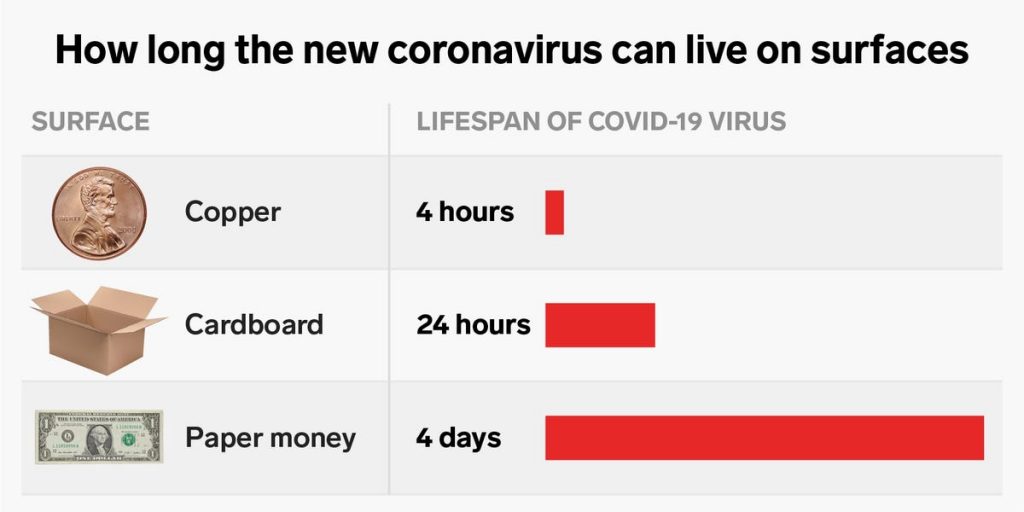Focus: GS3: Science and Technology
Why in news?
In an open letter to the World Health Organization (WHO), 239 scientists in 32 countries have outlined the evidence showing that smaller particles can infect people
What needs to change now?
- Airborne transmission is a significant factor, especially in crowded spaces with poor ventilation, the consequences for containment will be significant.
- Health care workers may need N95 masks that filter out even the smallest respiratory droplets as they care for coronavirus patients
- Ventilation systems in schools, nursing homes, residences and businesses may need to minimise recirculating air and need filters
- Ultraviolet lights may be needed to kill viral particles floating in tiny droplets indoors
What was the earlier belief?
WHO has long held that the coronavirus is spread primarily by large respiratory droplets that, once expelled by infected people in coughs and sneezes

The evidence of Corona virus spreading through air requires us to reorient our strategies to tackle the deadly pandemic. Out containment zones, use of masks and sanitizers and social distancing needs to enhance in – order to maintain good health.





